|
Highlights

Through the American Recovery and Reinvestment Act of 2009, NOAA funded 125 habitat restoration projects in coastal areas throughout the country. A new 3-part series explores the benefits this restoration work continues to bring to communities and ecosystems across the country. Part 1 highlights examples of the jobs, recreation, and other community benefits that Recovery Act projects have supported. Part 2 focuses on benefits to coastal and marine species. Part 3 explores how Recovery Act-funded projects laid the groundwork for continuing habitat restoration efforts. Contact: Jessica Edwards
|
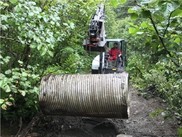
NOAA funded four projects to engage recreational anglers in habitat conservation in Washington, Virginia, California, and Alaska in 2020. They demonstrated NOAA’s commitment to collaborate with the recreational fishing community. Despite a challenging year, these projects made great progress to benefit coastal communities, fish, and habitats. Contact: Emily Farr
|
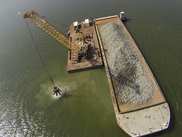
Virginia’s Middle Peninsula—tucked between the Rappahannock River and the York River—includes thousands of acres of ecologically valuable wetlands, forests, pastures, rivers, streams, and bays. NOAA and partners are looking for ways to keep these special places healthy. Contact: Kim Couranz
|

Deepwater Horizon restoration partners at the Gulf States Marine Fisheries Commission selected three new partners to support recreational fish restoration efforts—Auburn and Mississippi State University, and Southwick Associates. Their work will inform a $30 million project to get more anglers to use descending devices, which help fish swim back down to their home depths, away from injury and predators. They’ll engage with Captains and fishermen to conduct the work, which will go on through 2025. Contact: Julia Goss
|
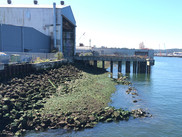
NOAA, and the other Trustee agencies restoring the Lower Duwamish River in Washington, reached two pollution settlements, worth $48 million and $3.9 million to restore habitats and resources there. The settlements, agreements with entities responsible for polluting the waterway, will fund projects that benefit salmon and other species that call the Lower Duwamish home. Contact: Terill Hollweg
|
|
|
Habitat Across NOAA
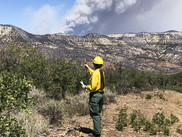
For FY 2022, NOAA proposes a budget of $7.0 billion in discretionary appropriations, an increase of $1.5 billion from its enacted FY 2021 budget. This budget increase will accelerate NOAA’s efforts to research, adapt to, and mitigate the impacts of climate change, in support of the Administration’s efforts to tackle the climate crisis at home and abroad, through $855.1 million in targeted investments including a $259.3 million increase in Restoration and Resilience.
|
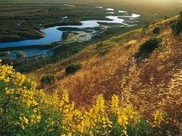
May was American Wetlands Month and this year also marked the 50th anniversary of the Ramsar Convention on Wetlands of International Importance. We took a closer look at the three NOAA-managed Ramsar sites, which provide important habitats for commercially important fish and thousands of species of wildlife in California.
|
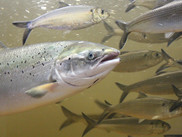
Maine’s Penobscot River has more than 100 dams, many of which are aging and no longer serve their original purpose. Removing dams is becoming more common, with the purposes of addressing hazards posed by these aging dams, returning natural river flow and function, or both. Our studies show encouraging results so far, both for the Penobscot River ecosystem and for critically endangered Atlantic salmon. While Atlantic salmon recovery still has a long way to go, the outcomes we have observed demonstrate that dam removals can result in better environmental conditions for Atlantic salmon and other sea-run fish.
|
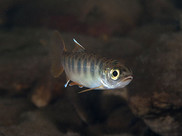
Salmon and steelhead in Northern California have been in trouble for more than 100 years, primarily because of habitat damage and loss resulting from human activities. Climate change has only worsened these habitat problems. One new approach to maximize these benefits is the Salmonid Habitat Restoration Priorities (SHaRP) process. The process creates a strategy to rebuild salmon and steelhead within a watershed by focusing on restoring its healthier, less impaired areas.
|
|
|
Announcements
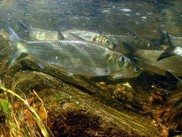
NOAA recently released its draft Mitigation Policy for Trust Resources for public comment. The purpose of the draft Mitigation Policy is to improve conservation of NOAA’s trust resources through more effective mitigation of adverse impacts to those trust resources. The public comment period will be open through July 12, 2021.
|
|
|
|
|